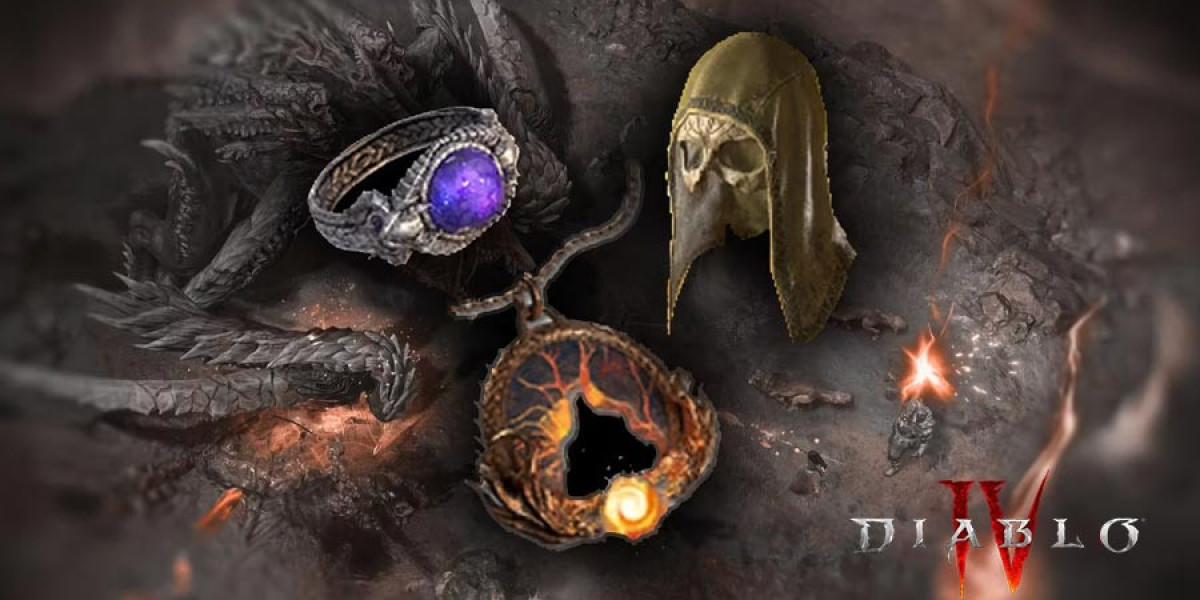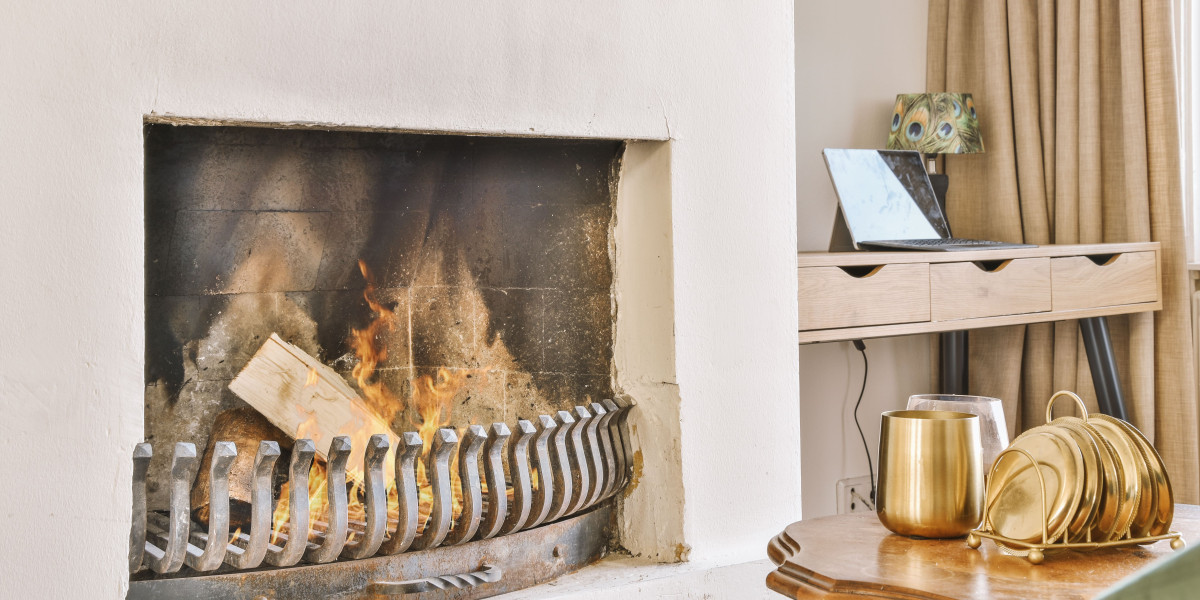
Baccarat, a game of cards that has captivated players for centuries, has undergone a remarkable transformation from its aristocratic origins to its current status as a global casino favorite. This article delves into the rich history and evolution of baccarat, exploring its origins, key milestones, and the factors that have contributed to its enduring popularity.
Origins and Early History
Baccarat is believed to have originated in Italy during the Middle Ages. The game's name is derived from the Italian word "baccara," meaning zero, which refers to the value assigned to all face cards and tens in the game. According to legend, the game was invented by Felix Falguiere, a gambler and tarot card reader, who based it on an ancient Etruscan ritual where the fate of a young woman was determined by the roll of a nine-sided die.
Early Spread to France
From Italy, baccarat quickly spread to France, where it gained popularity among the nobility during the reign of Charles VIII in the late 15th century. The game was initially played in private salons and was a favorite of the French aristocracy. It was during this period that the game evolved into its more recognizable form, with the introduction of the "Banker" and "Player" betting options.
Baccarat in the 19th Century
By the 19th century, baccarat had become a staple in the casinos of Europe, particularly in France and the United Kingdom. The game was often associated with high-stakes gambling and was a favorite among the wealthy and elite. During this time, two main variations of the game emerged: "Chemin de Fer" and "Baccarat Banque."
- Chemin de Fer: This version of baccarat was played with six decks of cards and was popular in France. In Chemin de Fer, players took turns being the banker, and the game was characterized by a higher level of strategy and interaction among players.
- Baccarat Banque: This version was played with three decks of cards and was more common in the United Kingdom. In Baccarat Banque, the role of the banker was fixed, and the game was often played with higher stakes.
Baccarat in the 20th Century
The Rise of American Baccarat
In the early 20th century, baccarat made its way to the United States, where it was introduced to the casinos of Las Vegas. However, the game faced initial resistance due to its association with high-stakes gambling and the perception that it was too complex for the average player. To address these concerns, casinos began to offer a simplified version of the game known as "Punto Banco."
- Punto Banco: This version of baccarat is the most widely played in the United States and is characterized by its simplicity and speed. In Punto Banco, the role of the banker is fixed, and the game is played with eight decks of cards. The rules are straightforward, and the game is often played at high speeds, making it accessible to a broader audience.
Baccarat in Asia
The 20th century also saw the rise of baccarat in Asia, particularly in Macau, which has become one of the world's largest gambling hubs. In Macau, baccarat is the most popular table game, and it has played a significant role in the city's economic growth. The game's popularity in Asia is often attributed to its low house edge and the cultural significance of luck and fortune in many Asian societies.
Modern Baccarat
Online Baccarat
The 21st century has brought about significant changes in the way baccarat is played, with the rise of online gambling. Online baccarat has made the game more accessible to a global audience, allowing players to enjoy the game from the comfort of their homes. Online casinos offer a variety of baccarat variants, including live dealer games, which provide a more authentic and 에볼루션 바카라사이트 immersive experience.
Baccarat in Modern Casinos
In modern casinos, baccarat continues to be a popular game, particularly in high-limit areas. The game's low house edge and the potential for large payouts make it an attractive option for both casual and serious gamblers. Many casinos now offer multiple versions of baccarat, including mini-baccarat, which is played on a smaller table and is designed for lower-stakes players.
FAQs About Baccarat
What is the objective of baccarat?
The objective of baccarat is to bet on the hand that will have a total value closest to nine. Players can bet on the "Player" hand, the "Banker" hand, or a tie.
What are the basic rules of baccarat?
- Card Values: Cards 2 through 9 are worth their face value. Tens and face cards (J, Q, K) are worth zero. Aces are worth one.
- Dealing: Two cards are dealt to both the Player and the Banker. The total value of the hand is the sum of the card values, with the tens digit dropped. For example, a hand with a 7 and a 6 is worth 3 (13 - 10 = 3).
- Drawing Rules: If the Player or Banker has a total of 8 or 9, they stand. If the Player has a total of 5 or less, they draw a third card. The Banker's drawing rules are more complex and depend on the Player's third card.
What is the house edge in baccarat?
The house edge in baccarat is relatively low compared to other casino games. The house edge on a Banker bet is about 1.06%, on a Player bet is about 1.24%, and on a Tie bet is about 14.36%.
Is baccarat a game of skill or luck?
Baccarat is primarily a game of luck, with very little room for skill. The game's outcome is determined by the cards dealt, and players have limited influence over the result. However, understanding the rules and betting strategies can help players make more informed decisions.
Baccarat has come a long way since its aristocratic origins in Italy and France. From the private salons of the 15th century to the bustling casinos of the 21st century, the game has evolved to become a global phenomenon. Whether played in a traditional casino, a high-stakes room in Macau, or an online platform, baccarat continues to captivate players with its simplicity, elegance, and potential for big wins. As the game continues to evolve, one thing is certain: baccarat will remain a timeless classic in the world of gambling.
Key Milestones in the Evolution of Baccarat
- 15th Century: Originates in Italy and spreads to France.
- 19th Century: Becomes popular in European casinos, with the emergence of Chemin de Fer and Baccarat Banque.
- 20th Century: Introduced to the United States and simplified into Punto Banco. Gains popularity in Asia, particularly in Macau.
- 21st Century: Rise of online baccarat and the continued popularity of the game in modern casinos.
Variations of Baccarat
- Chemin de Fer: Played with six decks, with players taking turns as bankers.
- Baccarat Banque: Played with three decks, with a fixed banker.
- Punto Banco: The most popular version, played with eight decks and fixed banker.
- Mini-Baccarat: Played on a smaller table, designed for lower-stakes players.
Baccarat's rich history and enduring appeal make it a game that continues to captivate players around the world. Whether you're a seasoned gambler or a curious newcomer, the game of baccarat offers a unique blend of excitement, strategy, and luck.








